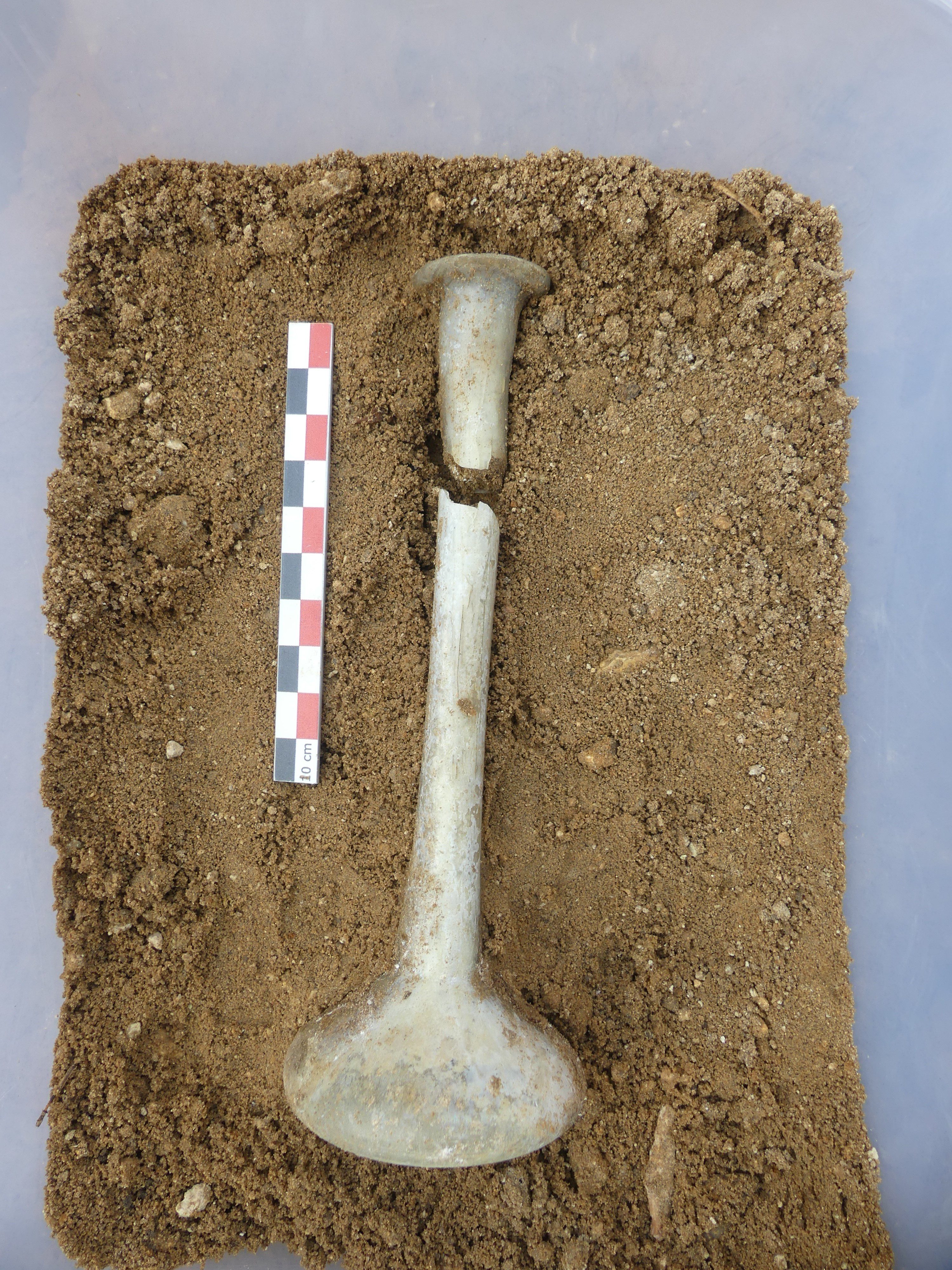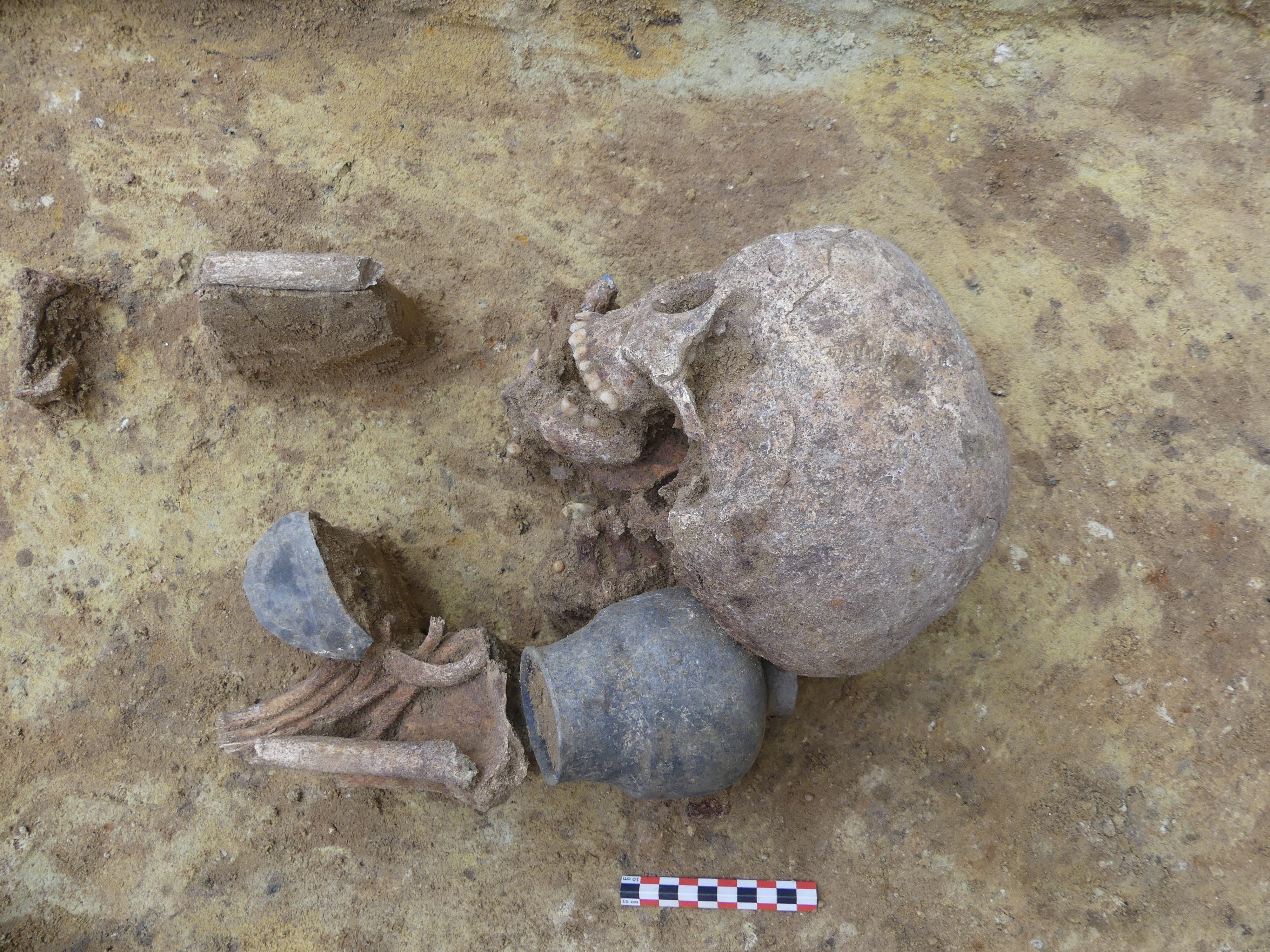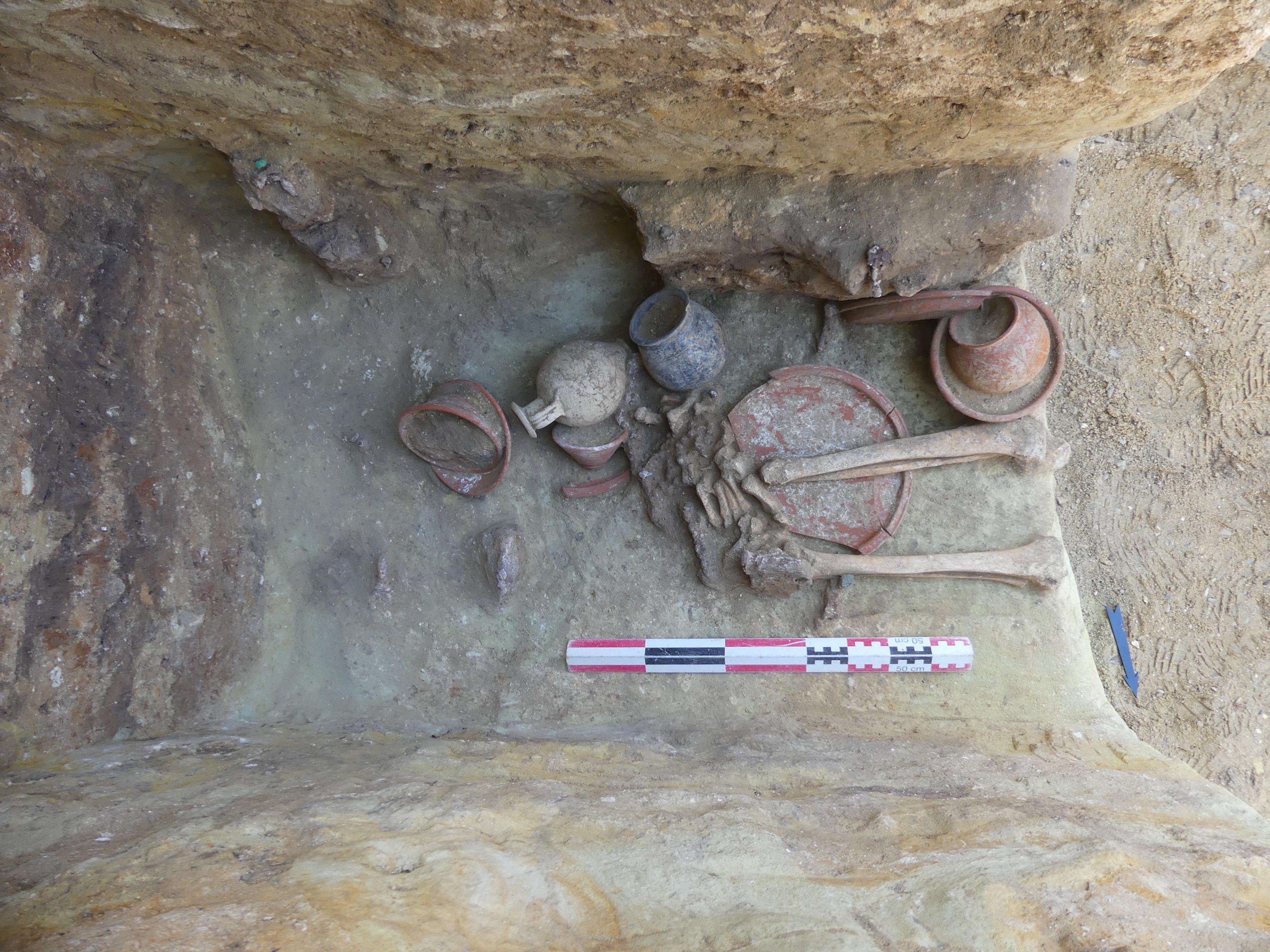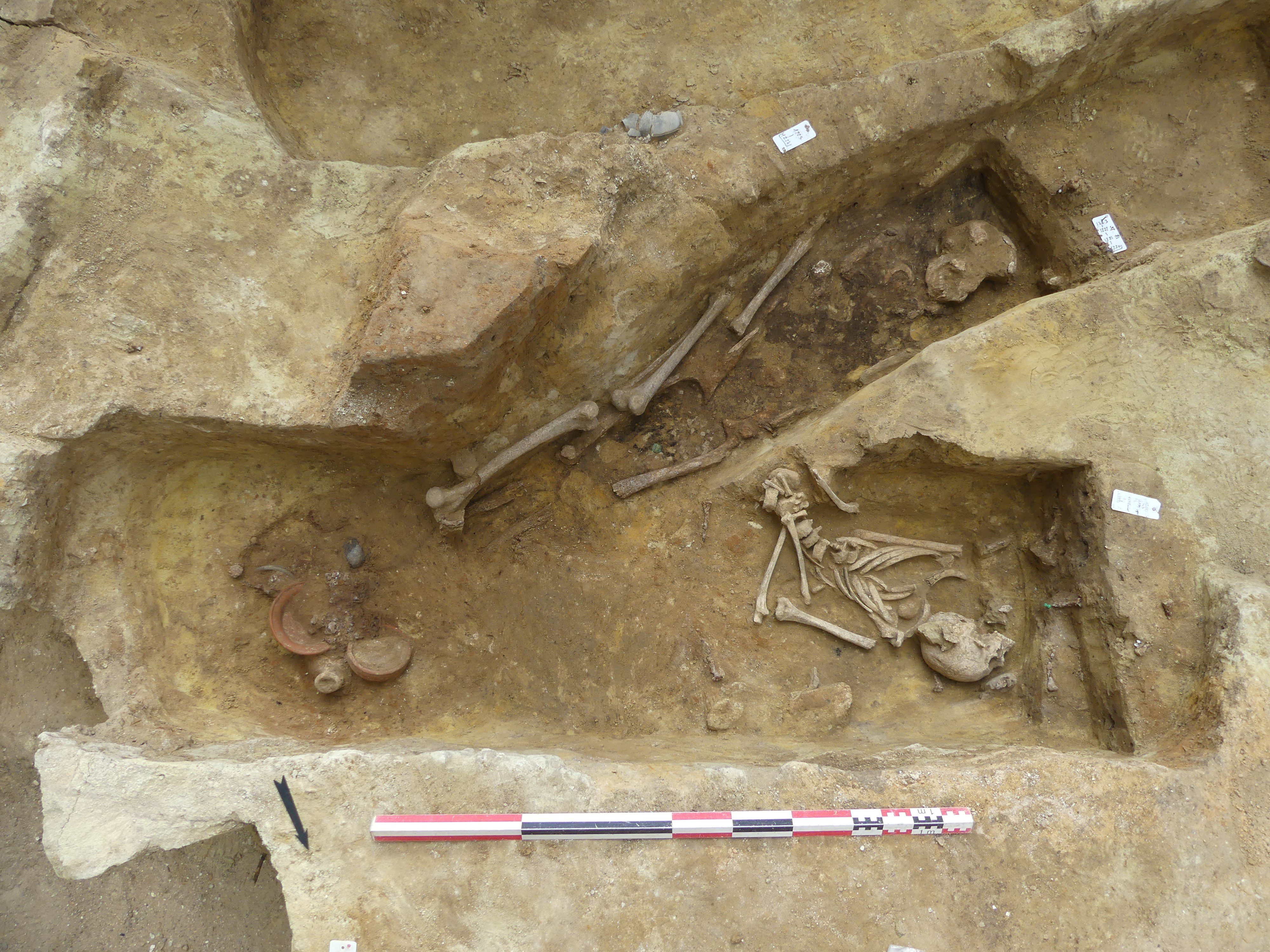Archaeologists have uncovered part of an ancient necropolis in the heart of Paris, revealing 50 graves of men, women, and children dating back to the second century CE. While part of the necropolis was already known from investigations in the 1800s, the new dig has revealed an area previously untouched by excavation works, revealing relics and beliefs that have lain hidden under the city since antiquity.
As a general rule, the longer a European city has been around, the more haunted and cursed it is. From bizarre mass graves of headless victims in Slovakia to the near-unavoidable plague pits of London, the peninsula is littered with gruesome reminders of the brutality of life in times gone by.
In few places is this more true than Paris, where the traditional aesthetics of “extremely graphic memento mori” and “psychotic interior decorator” melt together in what archaeologists call “an underground tourist attraction comprised of the painstakingly arranged bones of some six million corpses.”
The recent rediscovery of this ancient necropolis, just meters away from the busy Port Royal station in the heart of the city, only furthers Paris’s reputation as spiritual homeland for all things gothic – or to be more accurate, Gallic.

An ancient “lacrymatory”, designed for collecting tears of mourners. Image credit: Camille Colonna, INRAP
Dating from the first to the third centuries CE, with regular use tapering off through the fourth century, the graves are thought to belong to members of the Parisii tribe. While this is indeed where we get the name for the modern city, at the time it was known as the Roman-occupied Lutetia.
As a relatively important city, Lutetia enjoyed many of the benefits of Roman technology: there were aqueducts and baths, an amphitheater fit for some 15,000 spectators, and fortifications to protect residents from the waves of barbarian invasions from the East that periodically threatened the Empire.
But most importantly, it had cemeteries. Massive, wide-ranging ones: the Saint-Jacques necropolis, where the new excavation was carried out, occupied an area of about four hectares, or nearly 10 acres – that’s the size of about 7.5 American football fields. Understandably, only a tiny fraction of that space has been investigated over the years, with the bulk of what we know coming from observations made in the 19th century.

A skull and ceramic goblet recovered at the dig. Image credit: Nicolas Warmé, INRAP
That excavation, however, was not as thorough as modern archaeology is used to. Only objects considered to be precious were taken from the graves, with skeletons, burial offerings, and other artifacts left abandoned. If the findings from the new dig are any indication, that was a mistake: nearly half of the burials uncovered in the excavation were accompanied by grave goods, ranging from the domestic – things like ceramic or glass containers, or remnants of clothes and shoes – to the more ritualistic, including coins placed in the mouths of some of the bodies.

The leg bones of a skeleton plus ceramic grave goods. Image credit: Gwenaelle Desforges, INRAP
For the ancients, that latter practice was an important funerary rite – a way for the departed to pay Charon, the ferryman of Hades, to carry them across the River Styx and into the Underworld. But to the modern investigators, it was an invaluable clue as to the story behind the burials, allowing the team to date it to the second century CE.
It’s a time period from which just about anything is expected – and indeed, as a statement from France’s National Institute of Preventive Archaeological Research (INRAP) explains, “no organization or orientation seems predominant, and the digging of the sepulchral pits, sometimes of very large dimensions, both in length and in depth, is just as frequently narrow and leveled.”

The graves are not uniformly oriented or sized. Image credit: Camille Colonna, INRAP
But just as the necropolis stands out for this variety, so too is it notable for its uniformity: despite dating from a time when burials and cremations were both common, all 50 of the graves consisted of burials only. All were found in what were once coffins, with their shoes placed “either at the feet of the dead or next to them, like an offering,” noted Camille Colonna, an INRAP anthropologist, at a press conference on the dig, according to France24.
While the excavation began in March, investigations into this fascinating site are ongoing. Unlike their predecessors, the modern team plans to recover all finds from the excavations, “allow[ing] us to understand the life of the Parisii through their funeral rites, as well as their health by studying their DNA,” Colonna said.
Source Link: Huge Ancient Necropolis Unearthed Next To Busy Central Paris Train Station